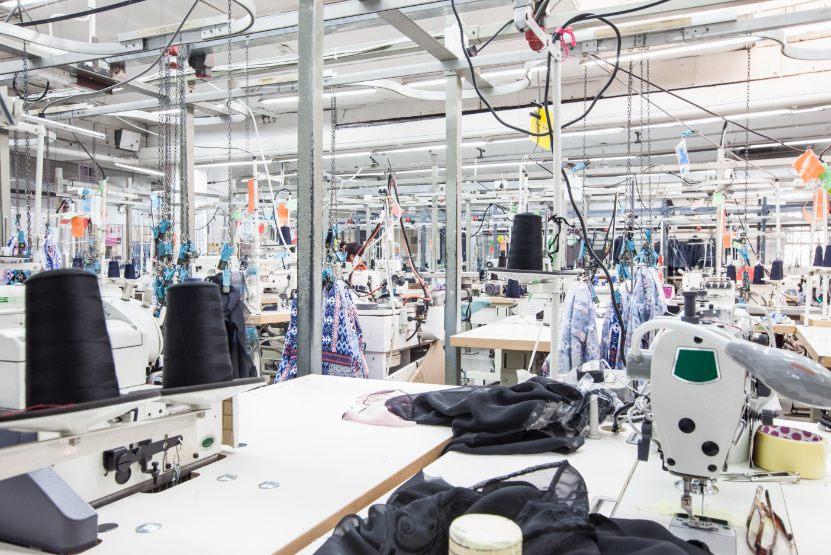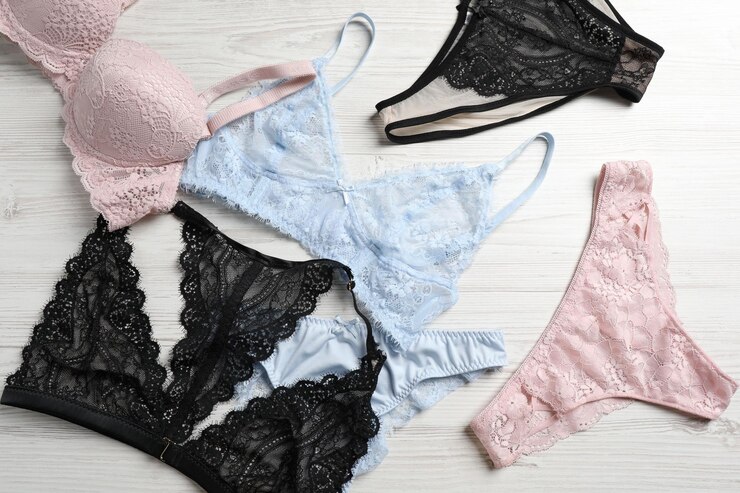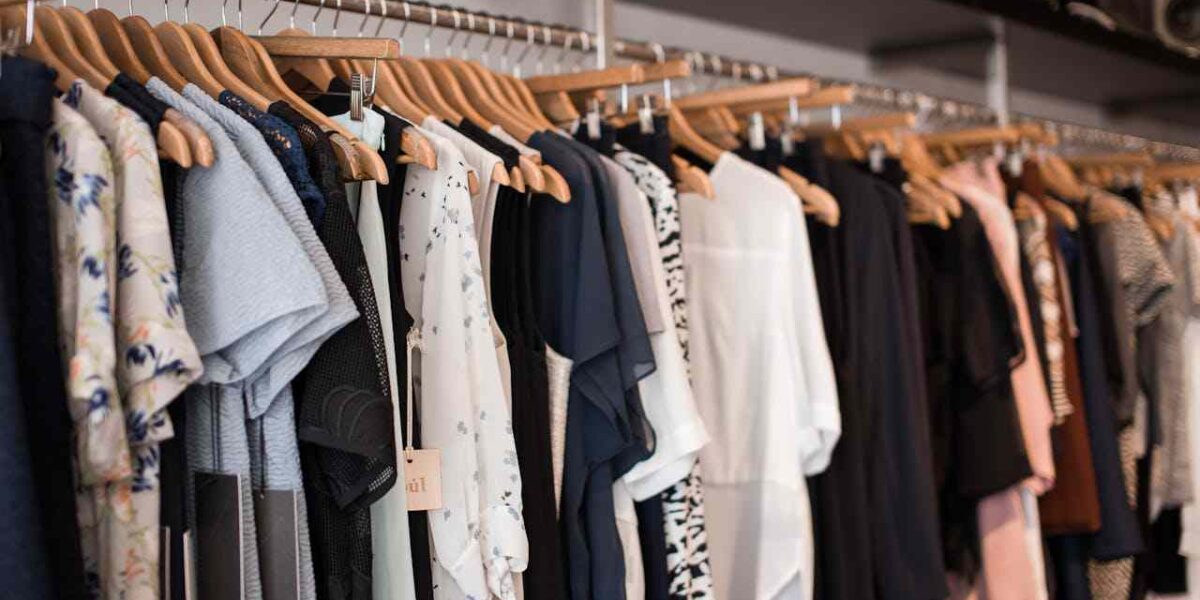Let’s take a look at the 12 different types of fabric! Fabric is something we use every day, but did you know that there are various kinds of fabric? It is these fabrics that form the foundation for everything from clothing to furniture. All types have different textures and colours, each serving a particular purpose. So, let’s look closer at these fabrics and see how they add colour and comfort to our lives.
Understanding Fabrics
In its most basic form, the fabric is a substance created by weaving, knitting, or felting together natural or synthetic fibres. It acts as the building block for several everyday products, much like the blank canvas on which painters paint their masterpieces.
The fabric has a great historical importance that goes back to the oldest civilizations for thousands of years. The fabric has always been a representation of culture, wealth, and artistic talent, from the luxurious linens of ancient Egypt to the Chinese Silk Roads.
The fabric still plays a significant part in our lives today, not just in clothes but also in interior design, where it turns our homes into livable, fashionable retreats. Even beyond fashion and design, it may be seen in fields like automotive and aerospace, where speciality materials are employed due to their distinctive qualities. Fabric is a crucial component of our everyday lives, whether in the form of the shirt on your back, the curtains in your home, or the automobile seats.
Importance of Knowing Different Fabric Types
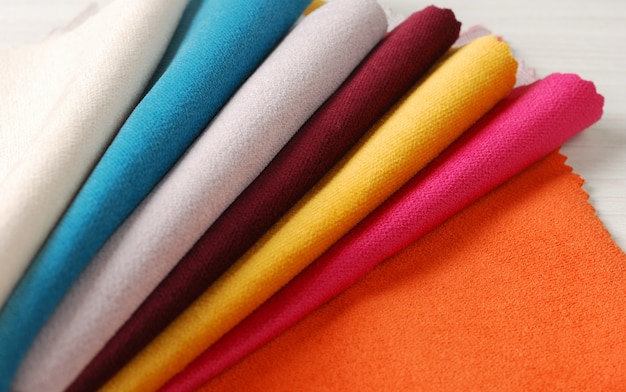
It’s more crucial than you would seem to understand the various types and examples of fabric. It’s similar to possessing a hidden superpower that enables you to choose wisely every day. Knowing your material can help you choose clothing that is not only fashionable but also durable and comfy.
Clothes’ feel on your skin, fit, and durability are all influenced by their fabric material. Also, choosing the appropriate fabric for your drapes, pillows, and furniture may transform a space into a sophisticated haven or a comforting refuge for home décor.
Understanding fabric kinds may, therefore, significantly impact how you appear, feel, and appreciate your surroundings, whether you’re choosing a new wardrobe or remodeling your home. It’s like having access to the insider’s manual on how to start a clothing line with a luxurious touch!
Factors Influencing Fabric Characteristics
Fiber Composition: Natural, Synthetic, or Blended
A fabric’s qualities are fundamentally influenced by the sort of fibres used in it. You can make fabrics from natural fibres like cotton, linen, and silk, which are usually breathable and comfortable. The synthetic fibres polyester and nylon are durable and wick moisture away from your body. Blended textiles, which combine both natural and synthetic fibres, are designed to make use of each material’s advantages while balancing comfort and functionality.
Weave and Texture
The texture and look of fabric materials are significantly influenced by how fibres are woven or knitted together. Tightly woven twills can be loose and airy gauzes, depending on the weave or knit pattern. These variances have an impact on the fabric’s appearance as well as how it feels. While certain weaves give structure and durability, others offer greater stretch and flexibility.
Weight and Thickness
The viability of a cloth for different uses is influenced by its weight and thickness. Chiffon, which is light and thin, works well for breezy summer clothing, while thicker denim makes a strong choice for a tough workplace. Thickness is important in fashion and interior design because it affects how a cloth drapes or retains its form.
Durability and Care Requirements
Choosing a fabric that will last a long time means knowing its durability and maintenance needs. Some materials, like cotton and polyester, are easy to maintain, but others, like silk and wool, need more care. Knowing how to clean, preserve, and store different materials is important to keep them in good condition.
The 12 Different Types of Fabric
Before we delve into the distinctions of each fabric type, let’s provide a brief overview. We’ll be exploring 12 different types of fabric, each possessing unique properties and applications. These woven fabric examples encompass a wide spectrum, from the comfort of cotton to the elegance of silk, and from the durability of denim to the allure of satin.
1. Cotton
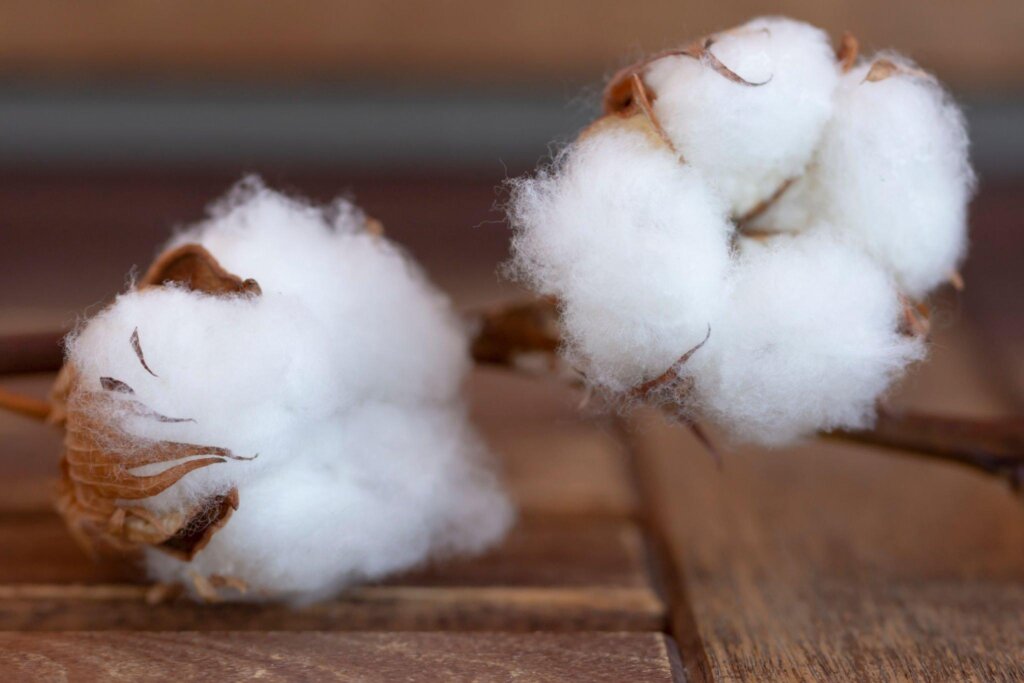
There’s a reason cotton has been called the “fabric of our lives” because of its softness, breathability, and adaptability. Summers are cool with this natural fabric since it absorbs moisture. The silky texture and absorbent properties make it perfect for t-shirts, jeans, and undergarments. It is one of the common fabric components of different types of hoodies. Bed linens and towels are usually cotton because they’re strong and easy to clean.
Wash cotton clothing in cold water to reduce shrinking, then tumble dry on low heat to maintain it in perfect condition. Bleach should not be used since it may weaken the fibres. Cotton clothing and linens may retain their comfort and quality for many years with the right maintenance.
2. Silk
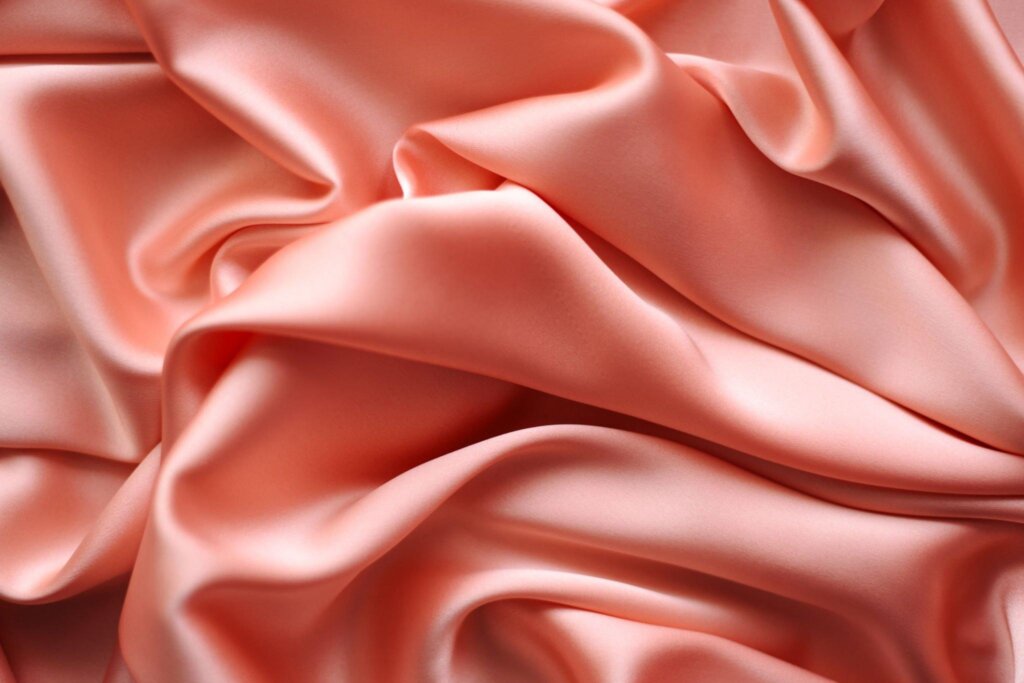
With its supple, glossy texture and brilliant shine, silk is the height of luxury. This silkworm-produced natural fabric is wonderfully soft against the skin. You stay warm in the cold weather and cool in the summer because it regulates your body temperature.
Silk is a choice for lingerie, delicate scarves, and evening clothing because of its sparkling beauty. Elegant home items like curtains and pillow coverings are also made from it. It is crucial to hand wash or run a gentle cycle with cold water when cleaning silk to retain its brilliance.
Because silk is fragile, avoid squeezing or twisting the cloth. Away from direct sunshine, hang silk clothing to dry naturally, then keep it somewhere cool and dry. Silk may retain its rich appeal for years to come with attentive treatment.
3. Wool
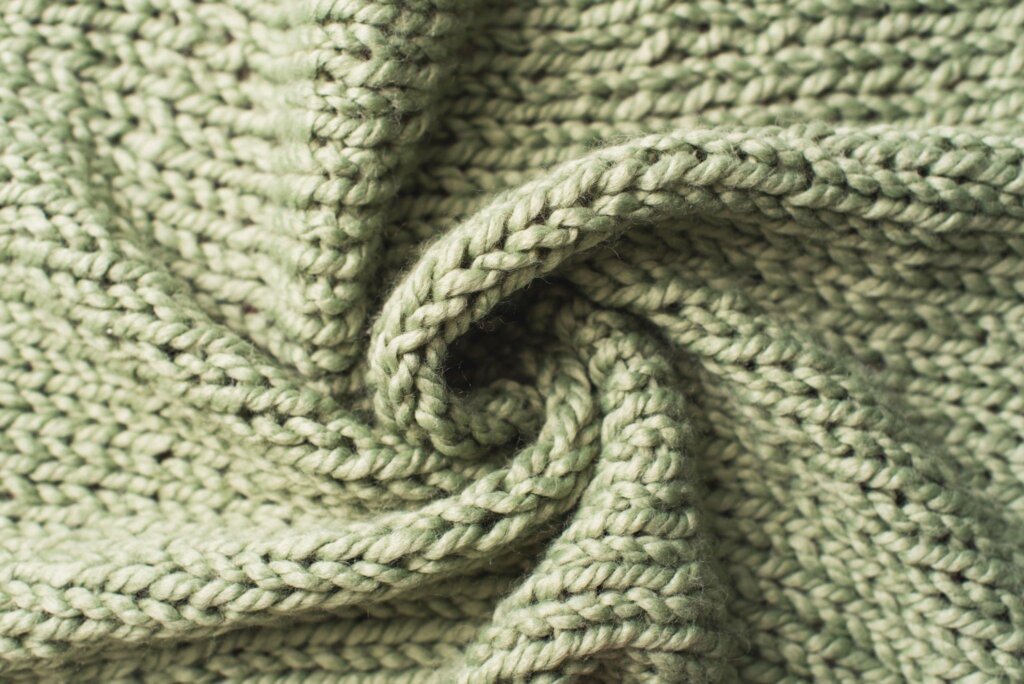
Wool, a naturally occurring fibre from sheep and other animals’ fleece, is highly valued for its excellent warmth and insulating qualities. Because of its special design, it can absorb moisture and retain heat, keeping you dry and warm in chilly environments.
Wool is a well-liked material of most clothing manufacturers for winter apparel because it may offer insulation without adding a lot of bulk, such as sweaters, scarves, and jackets. Additionally, its durability and inherent flame resistance show in blankets and carpets. The key to caring for wool is to be kind.
Avoid straining or stretching it out when wet, and hand wash it in lukewarm water with a moderate detergent. Wool clothing should be dried flat on a fresh towel to retain its form and out of the sun to avoid fading. Wool clothing and textiles will last you season after season for warmth and comfort if they are properly cared for.
4. Linen
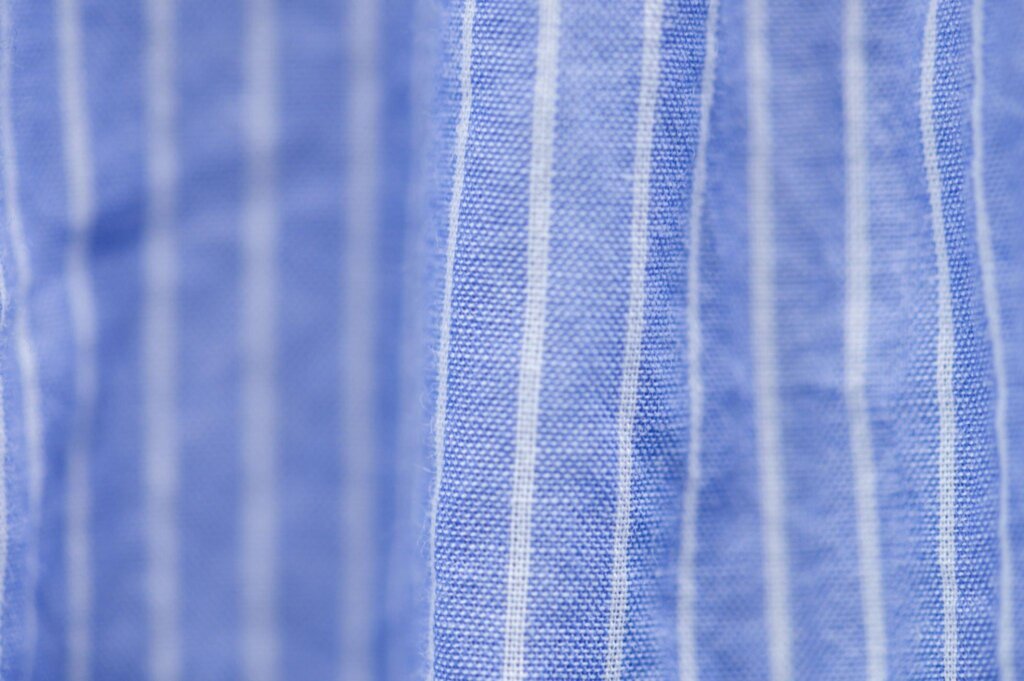
The linen sourced from flax plant, which is prized for its crisp, breathable qualities. It excels in hot and humid settings, given its exceptional moisture-wicking qualities. The clean, slightly textured surface of linen fabric gives apparel like blouses, skirts, and summer suits an easily casual elegance.
Additionally, it’s a well-liked option for tablecloths and beds, adding sophistication to interior design. Because excessive heat might cause shrinking, it is better to wash linen in cold water with a moderate detergent.
Although linen tends to wrinkle easily, which adds to its appeal, you may iron it when somewhat moist for a smoother finish. Even on the hottest summer days, proper maintenance keeps linen clothes looking and feeling cool and fresh.
5. Polyester
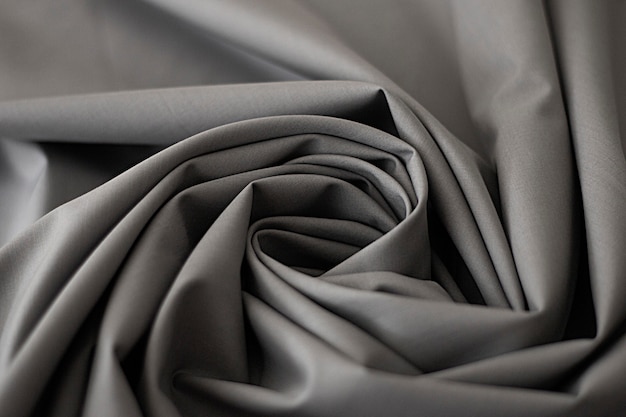
Synthetic fabric polyester is praised for its toughness, adaptability, and affordability. This fabric material type is well-liked for daily clothing items, including t-shirts, athletics, and outerwear, because of its resistance to fading and creases. Additionally, its moisture-wicking qualities make it perfect for activewear.
Machine washing with cold or warm water is often secure regarding polyester. To avoid deformation, stay away from intense heat during drying. Polyester is a go-to material for individuals seeking functionality without compromising elegance and comfort because of its minimal maintenance and sturdiness.
6. Rayon

The semi-synthetic fibre rayon, sometimes known as “artificial silk,” is made from wood pulp. It blends the convenience of synthetic fibres with the adaptability of natural fibres. Rayon is a less expensive alternative to silk for apparel, including blouses, dresses, and casual wear, since it can replicate the softness.
In addition to being pleasant to wear in warm weather, it has moisture-absorbing qualities. Because of its smooth texture and reasonable pricing, rayon is frequently used in household textiles like curtains and upholstery. Because rayon might be prone to shrinking and wrinkling, it’s crucial to follow the label directions while caring for it.
Usually, air drying or low-heat machine drying is advised along with hand washing or using a delicate cycle with cold water. Items made of rayon are guaranteed to retain their softness and adaptability with proper care.
7. Nylon
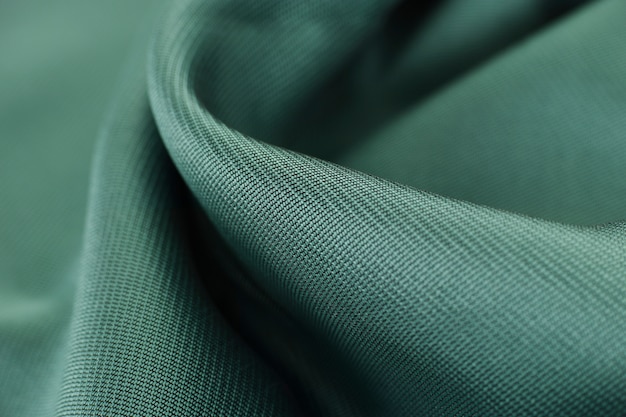
Synthetic fibre nylon is well known for its tenacity and adaptability. It is a popular option for various applications due to its special blend of toughness and flexibility. Nylon is frequently used in hosiery, swimwear, and athletics because of its resistance to stretching and moisture exposure.
It’s also a standard in accessories like bags and backpacks, where toughness is crucial. Machine washing in cold or lukewarm water is advised for caring for nylon products. The integrity of the fabric is preserved by using a mild cycle.
Keep away from intense heat when drying because it might lead to deformation. The strength and look of nylon clothing and accessories may be preserved with the right care, ensuring they last a very long time.
8. Spandex (Lycra)
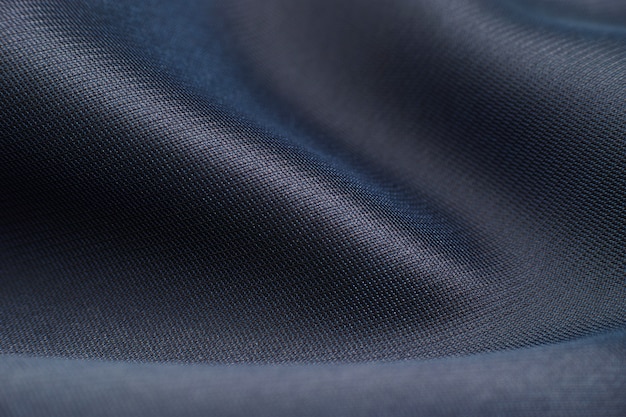
Synthetic materials like spandex, Lycra, and elastane are lauded for their ability to stretch and rebound. This incredibly elastic fabric makes leggings, activewear, and swimwear more comfortable and flexible.
Since it keeps its shape even after repeated stretching, it is a need in clothing that calls for form-fitting support. For optimal results, hand wash or use a gentle cycle with cold water when caring for spandex-containing products to maintain flexibility. To prevent damage, avoid twisting or wringing. Your clothes with spandex enhancement will maintain their stretch and support properly, enabling you to move comfortably and assuredly.
9. Satin
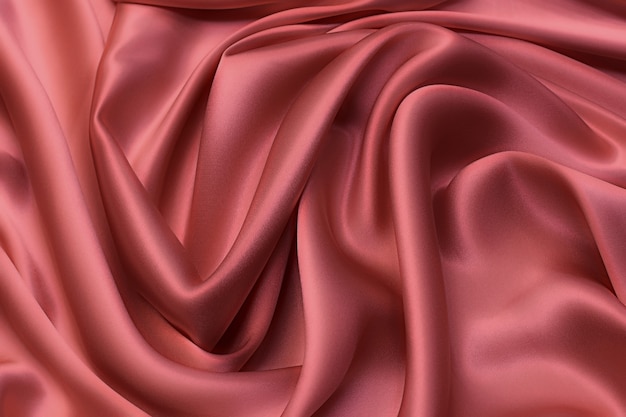
Satin is a beautiful fabric that gives apparel and home décor a sense of class because of its shiny and smooth surface. It is renowned for its great shine and softness and is created from various materials, including silk, polyester, and acetate.
Satin is preferred for evening dresses, lingerie, and formal attire due to its luxurious flow. Additionally, it is utilized in household fabrics like linens and pillows, giving the bedroom a regal feel. Handling satin softly is essential for proper care.
It is advised to wash by hand or to run a gentle cycle in cold water. The fragile strands of the cloth might be harmed by twisting it. To keep its sheen, satin should be air-dried out of the path of direct sunlight. Satin products may maintain their smooth charm for years with the right maintenance.
10. Velvet

Velvet is a fabric that emits elegance and comfort due to its soft, elegant feel. Its thick pile distinguishes it, producing a plush cozy surface. Velvet is frequently used in high-end design, including gowns, blazers, and evening clothing, where its rich texture lends an air of wealth. Velvet is typically created from materials like silk, cotton, or synthetic fibres.
Velvet is frequently used in interior design for upholstery, pillows, and curtains because it gives spaces a posh and inviting feel. To maintain the velvet pile, delicate handling is crucial while caring for it.
Although dry cleaning is often advised if you decide to do it yourself, use a soft brush to preserve the texture and stay away from direct heat or steam, which can damage the fibres. Whether used as a decorative element in your living spaces or as a fashion statement, velvet keeps its luxurious charm with careful maintenance.
11. Denim
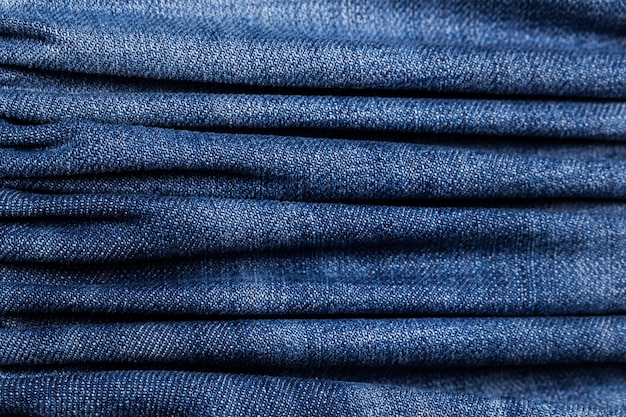
Denim is a timeless fabric that defies passing fashion trends because of its tough and long-lasting qualities. Denim is a mainstay of casual clothing and is often composed of cotton. It is distinguished by its twill weave and indigo colour. It is perfect for jeans, coats, and workwear because of its durability and ability to last.
The adaptability of denim extends to clothing accessories like caps and purses. The standard method for denim care is to machine wash it in cold water to keep the colour and avoid shrinkage. To reduce abrasion during washing, flip the denim item inside out.
To avoid fading, air drying is frequently advised; however, if you must use a dryer, a low-heat setting is ideal. Denim may become more comfortable with time and keep its raw appeal with proper care, reflecting the experiences and narratives of its owner.
12. Chiffon
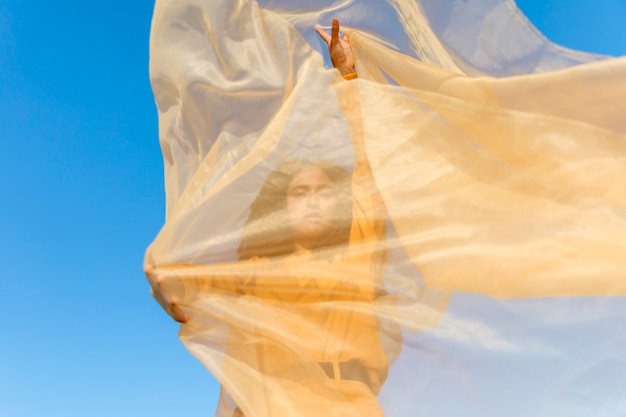
Chiffon is a delicate and light fabric renowned for its sheer, airy look. The fine weave of chiffon, which is often constructed of silk or synthetic fibres, produces a delicate, flowing feel ideal for ethereal and exquisite clothing.
It is frequently used in scarves, formal dresses, and evening gowns, where its elegant drape and translucence exude refinement. Chiffon may be used for curtains or as a covering for ornamental items in interior design to give rooms a fanciful and airy feel.
It is advised to hand wash chiffon in cold water and mild detergent to preserve its delicate look. Since chiffon is delicate, avoid twisting it out. Air drying is preferred away from direct sunlight to preserve its softness and gloss. Chiffon continues to exemplify light elegance in fashion when treated properly.
Choosing The Right Fabric
The optimum result for your unique demands is ensured by picking the right cloth, just like choosing the ideal tool for the work. Many factors are considered while starting a project or looking for the perfect outfit.
Consider the intended use first, whether for apparel, home décor, or something else. Understanding your needs is essential since different fabrics offer different qualities, including warmth, breathability, and durability. Consider the weather and the time of year as well.
Wool and heavier textiles offer warmth in colder weather. At the same time, cotton and linen, which are light and breathable, are ideal for summer. Consider choosing a fabric sample, often known as a “fabric swatch” or “fabric sample.” It is a little piece of fabric used for fabric testing, evaluation, or selection for various uses, including apparel design, home décor, or product development.
Before committing to utilising the fabric in a project, people may evaluate its appearance, feel, and other qualities with these samples. Also, take into account the desired style and appearance since materials have a big influence on the project’s aesthetics. Additionally, remember that some textiles need more sensitive treatment than others when it comes to care and maintenance.
By bearing these things in mind, you may confidently choose the ideal fabric for your particular requirements and projects, ensuring that both practicality and aesthetics correspond to your vision.
Key Points
In conclusion, having a solid grasp of various types of fabric materials is essential because it allows us to make decisions that will directly affect our comfort, style, and the durability of our designs. Each fabric has a special set of qualities and uses, whether it be the comforting warmth of wool, the opulent feel of silk, or the usefulness of polyester. By being aware of these characteristics, we may modify our choices to meet the particular requirements of our projects, whether they be in the fields of fashion, home décor, or crafts.
Additionally, I encourage you to take on fabric experimentation since it offers artistic possibilities. Combining and contrasting various textiles may provide unexpectedly pleasing outcomes, giving your creations a distinctive expression that adds to their functionality. So explore the many types of textiles available, their textures, colours, and characteristics, and let your imagination run wild while planning your next project.


